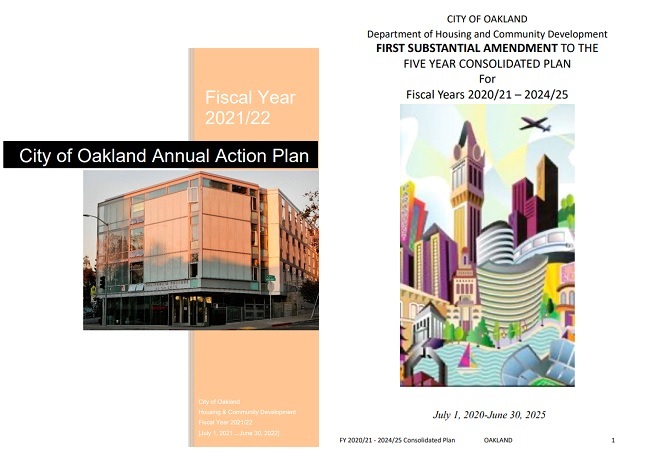Notice of Publication and Second Request for Public Comments on the City of Oakland’s HOME ARP Plan/First Substantial Amendment to the 2021/22 Annual Action Plan
The Public is invited to review and comment on the City’s First Substantial Amendment to the 2021/22 Annual Action Plan for the HOME American Rescue Plan (HOME ARP).
Was this page helpful?
Report a problem with this page
